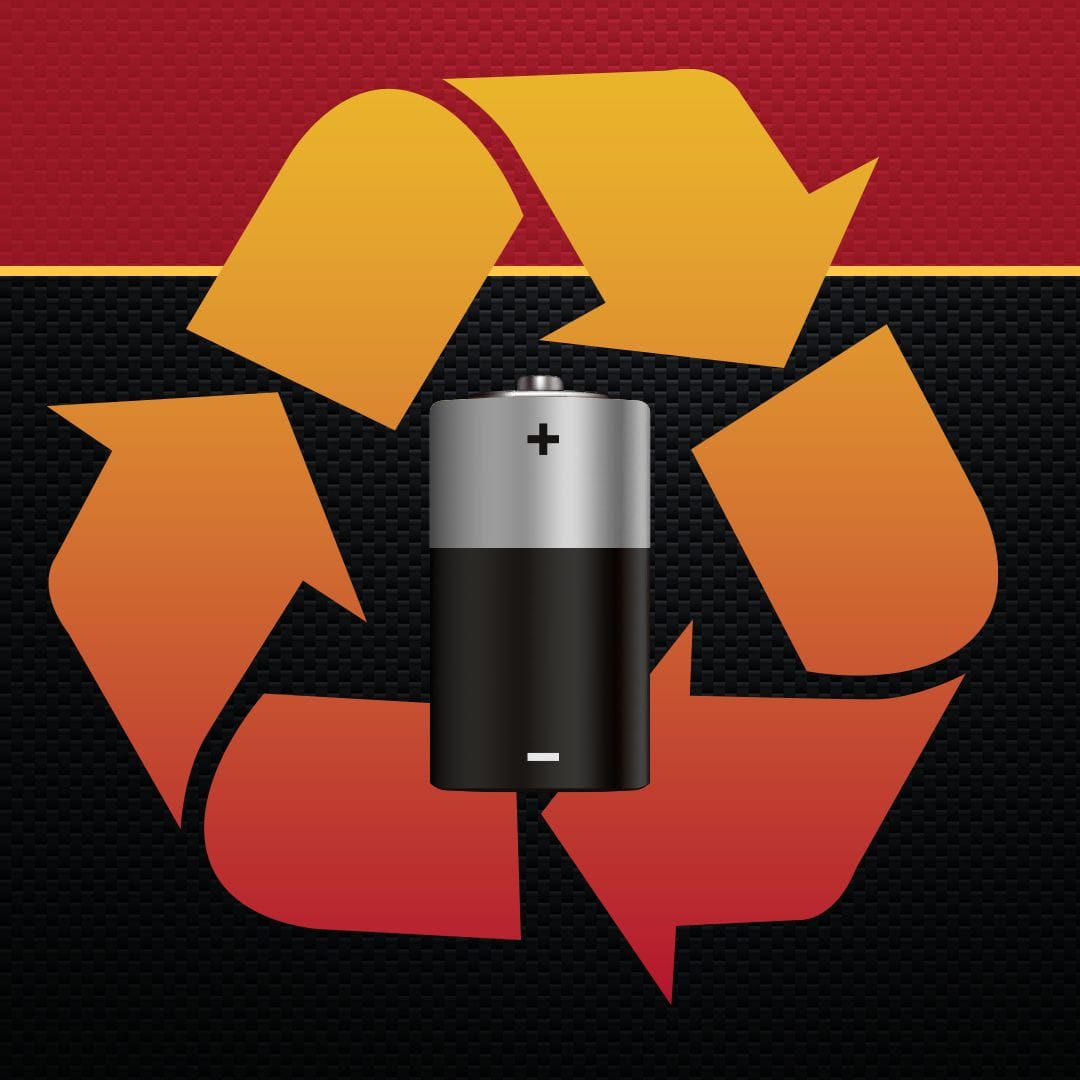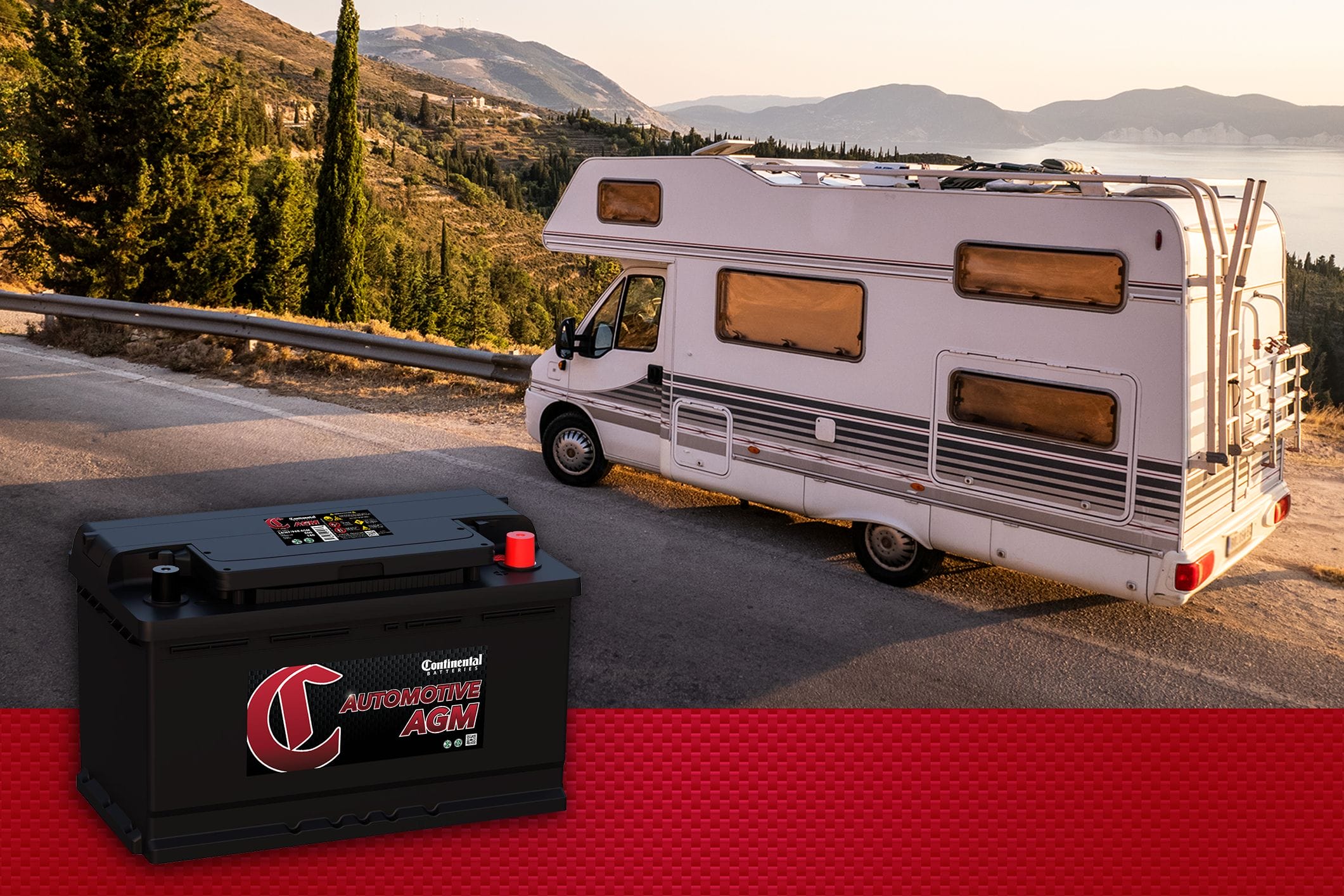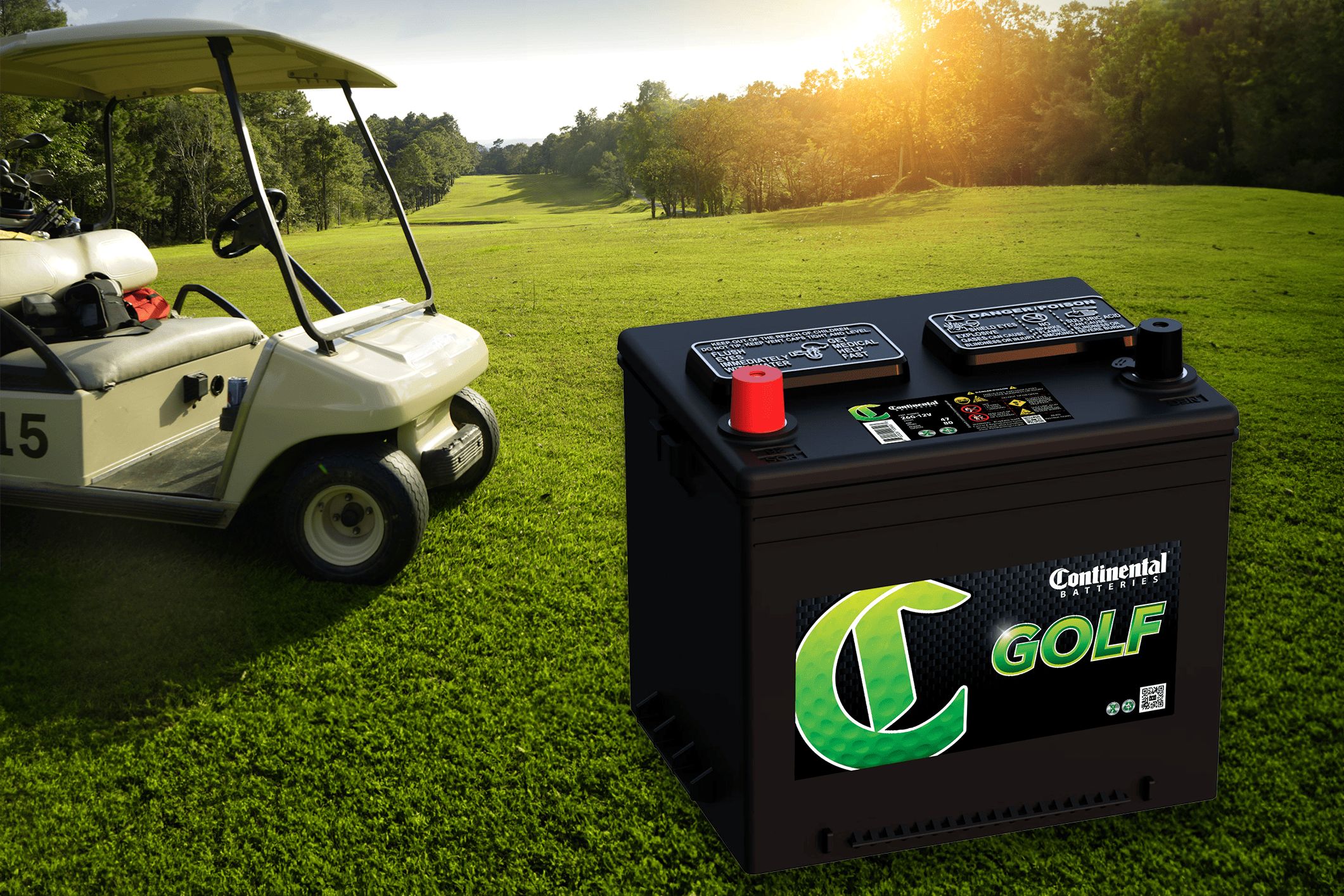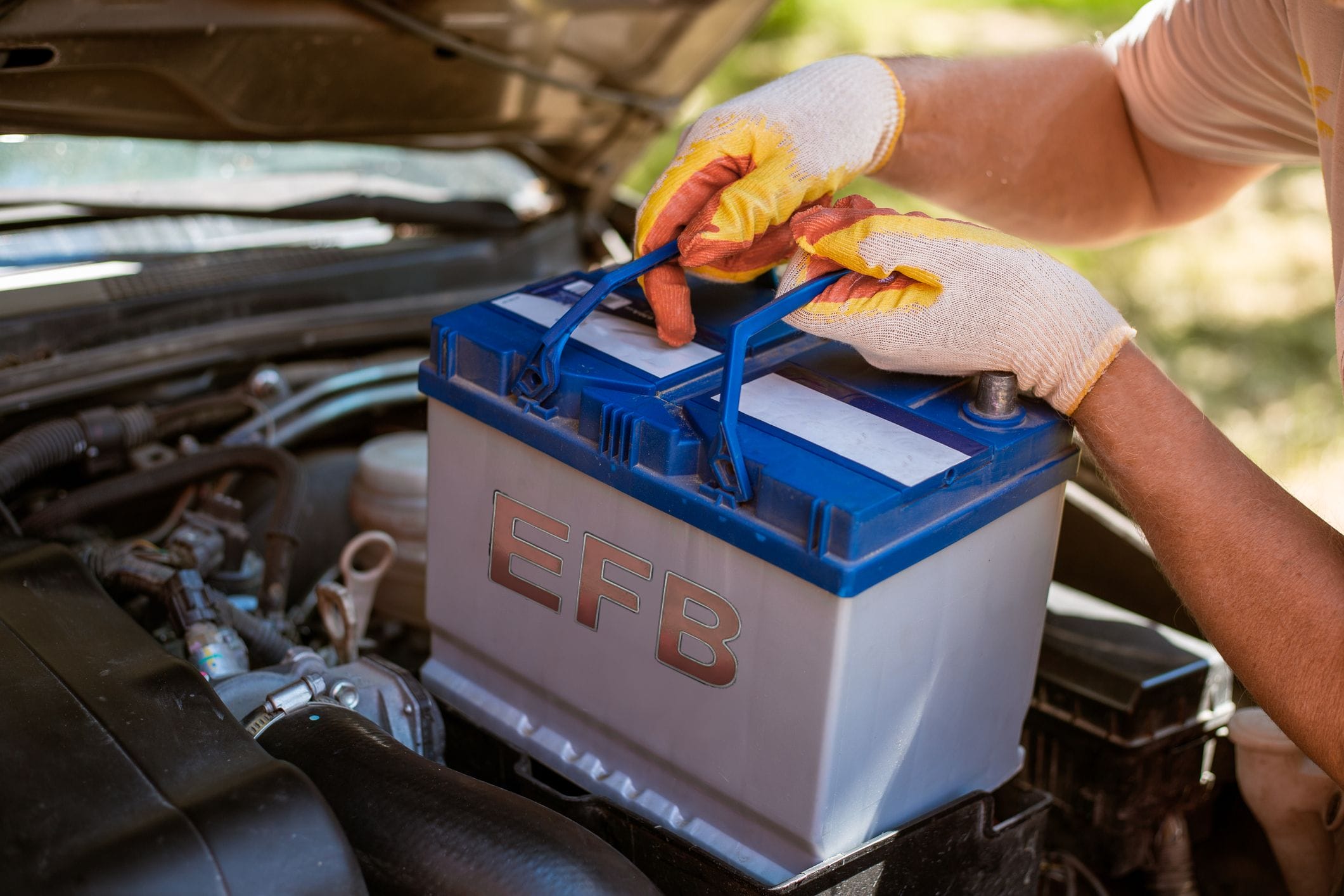
Before diving into whether Lithium batteries can be recycled (and how to go about it), it’s worth stating that lithium batteries definitely should be recycled.
According to the Environmental Protection Agency, “Recycling used lithium-ion batteries (and the devices that contain them) will help address emerging issues associated with the clean energy transition and prevent problems caused by inappropriate battery disposal. End-of-life lithium-ion batteries contain valuable critical minerals needed in the production of new batteries. Clean energy technologies like renewable energy storage systems and electric vehicle batteries will demand large amounts of these minerals, and recycling used lithium-ion batteries could help meet that demand.”
However, the process of recycling lithium batteries has a reputation for being complex and costly. It requires specialized recycling facilities to handle the lithium, so you can’t just take any old lithium-ion battery to your local recycling center.
With EV sales estimated to rise 35% in 2023, there will be a growing demand for lithium batteries. But other vehicles and systems, like golf carts, marine vehicles and even solar power setups, can benefit from lighter-weight lithium batteries. As such, lithium battery recycling won’t just be a nice-to-have — it’ll be a must to meet demand and minimize emissions related to material sourcing.
Here’s how lithium battery recycling works.
Are Lithium-Ion Batteries Recyclable?
Yes, lithium and lithium-ion batteries are recyclable. Although these terms are often used interchangeably, lithium batteries are not rechargeable, while lithium-ion batteries are rechargeable.
Currently, only about 5% of lithium-ion batteries in the world are recycled. On the other hand, the Battery Council International has found that lead batteries have a 99% recycling rate.
So, what’s the deal? The low recycling rate for lithium and lithium-ion batteries comes down to a few significant challenges:
Complex process. The process is sensitive and difficult because lithium is highly reactive and must be carefully handled.
Cost. Recycling lithium batteries can recover pricey materials like lithium, cobalt, nickel and manganese, but the process currently costs more than the cost of mining for the raw materials.
New technology. The first commercial lithium-ion battery wasn’t issued until 1991, so there has been less time to establish systems and facilities to handle recycling. By comparison, lead-acid batteries were first invented in 1860, so there is a much more robust system to collect and recycle these batteries.
Can the Material Lithium Be Recycled?
Lithium is a lightweight metal that is completely, infinitely recyclable. It can be recycled again and again. The issue today is that recycling lithium can be far more expensive than extracting lithium through brine mining.
However, scientists are working to find more cost-effective recycling methods. For instance, one startup, Princeton NuEnergy, uses low-temperature plasma to clean cathode materials in the battery and separate the cathode and anode to recover materials.
With new funding for battery recycling advancements announced in June 2023, more companies are incentivized to find ways to recycle lithium-ion batteries sustainably and cost-effectively.
Safety is also a primary consideration when it comes to recycling lithium. Lithium needs to be carefully handled and managed because of its reactive properties. Lithium batteries that are improperly disposed of can be fire hazards. In recent years, lithium batteries have caused catastrophic fires in the U.S., UK, France and China.
Parts of a Lithium Battery
To understand how recycling lithium-ion batteries works, it helps to understand the different parts of the lithium battery, which include:
Anode. The anode and cathode both store lithium, but the anode releases the lithium ions when the vehicle is driving or discharging energy.
Cathode. The cathode stores lithium ion from the anode when the vehicle is operating. As the battery recharges, the cathode releases the lithium ions to the anode.
Separator. This part of the battery keeps the anode and cathode separate; otherwise, they would create a short circuit. It is a porous membrane to allow the lithium ions to pass through.
Electrolyte. If you’re familiar with standard, flooded lead-acid batteries, they contain a liquid electrolyte called sulfuric acid that acts as a catalyst carrying ions from the cathode to the anode. In a lithium battery, the electrolyte works the same way but is typically a lithium salt, such as LiPF6, LiBF4 or LiClO4. The electrolyte is typically liquid, but it may be solid for solid-state lithium batteries.
Positive and negative current collectors. The positive current collector, typically made from aluminum, and the negative current collector, typically made from copper, are the conductors that collect electrical current and connect it to the external circuits.
These parts comprise many valuable materials, including lithium, cobalt, nickel, manganese, aluminum, copper and graphite.
How Lithium-Ion Batteries Are Recycled
When lithium-ion batteries can no longer be repaired or reused, they can go on for recycling.
Of course, because of the high reactivity of lithium, recycling requires many steps and extra precautions for safety. But recycling also involves a lot of energy and often a lot of water to complete, which can be costly and hard to scale up sustainably. While scientists are looking to minimize the environmental impact and cost of lithium-ion battery recycling, for now, recycling goes through the following steps:
Discharging. Before a battery goes for recycling, it needs to be fully discharged to minimize fire risk.
Shredding. The next step in recycling lithium-ion batteries is shredding the battery, which involves cutting down the battery into smaller pieces with large, metal blades. From there, the remaining “black mass” of battery pieces will either be melted or dissolved for materials recovery.
Melting. The melting process, or pyrometallurgy, involves applying high heat to the black mass to recover cobalt and nickel. However, this system is not as effective at obtaining other materials, particularly lithium, so the remains must undergo additional processing to salvage what’s left.
Dissolving. After shredding, the black mass may go through a dissolving, also known as leaching or hydrometallurgy process. The black mass is leached in a liquid, usually hydrochloric acid, nitric acid, sulfuric acid or phosphoric acid, allowing effective cobalt, nickel, lithium and manganese recovery.
Reprocessing. Whether the battery goes through a melting or dissolving process, the recovered materials are then reprocessed to make a new battery using recycled materials.
SLI vs. Lithium Battery
Electric vehicles (EVs) are known for running on lithium-ion batteries, but did you know that they actually have two batteries? In addition to a lithium-ion battery, an EV also has what is called a starting, lighting and ignition (SLI) battery.
An SLI battery is a type of rechargeable lead-acid battery that provides a big burst of energy to power up a vehicle, and it can also supply power to your vehicle’s electronics, like the lights and radio. This and other lead-acid batteries use a sulfuric acid solution as the electrolyte in the battery. EVs have two batteries to separate high and low voltages to supply power for different functions, and this is done for added safety in the event of an accident.
By comparison, lithium-ion batteries are rechargeable batteries that use lithium as the electrolyte. These differences in design mean the batteries have varying functionalities and features, from how much they cost upfront to how long they’ll last. They even have varying recyclability rates based on these differences.
Maintenance. The maintenance needs of an SLI depend on the type. Flooded lead-acid batteries require watering to refill the electrolyte, while absorbent glass mat (AGM) batteries, which absorb the liquid electrolyte to store it in a solid state, do not. SLI batteries that keep the electrolyte in a solid, rather than liquid, state are considered “maintenance-free,” meaning you don’t need to water the battery.
Lifespan. SLI batteries have a lifespan of about 3 to 5 years. By comparison, lithium-ion batteries last for about 10 to 15 years.
Recyclability. Lead-acid batteries have a whopping 99% recycling rate, and the recycling process involves crushing the batteries, submerging them in liquid, and then separating the lead and plastic components. By comparison, lithium-ion batteries have only about a 5% recycling rate due to the difficult, costly recycling process.
Cost. Lithium-ion batteries cost more upfront than SLI batteries, sometimes two to four times more for a battery with the same capacities. However, lithium-ion batteries may cost less because they have a longer lifespan.
The Future of Lithium Battery Recycling
Lithium batteries contain essential materials, like lithium, nickel and cobalt, that manufacturers will want to recycle and reuse in future batteries. Batteries that use recycled materials have about a 25% smaller carbon footprint per kilowatt-hour compared to batteries made from newly mined materials. Further, recycling can help save on manufacturing costs, as the value per ton of recovered battery material could reach $600 by 2025, McKinsey reported. As the interest in EVs and long-lasting lithium-ion batteries increases, we can expect to see an increase in lithium battery recycling to recover these precious metals and save on the costs and emissions associated with mining.







